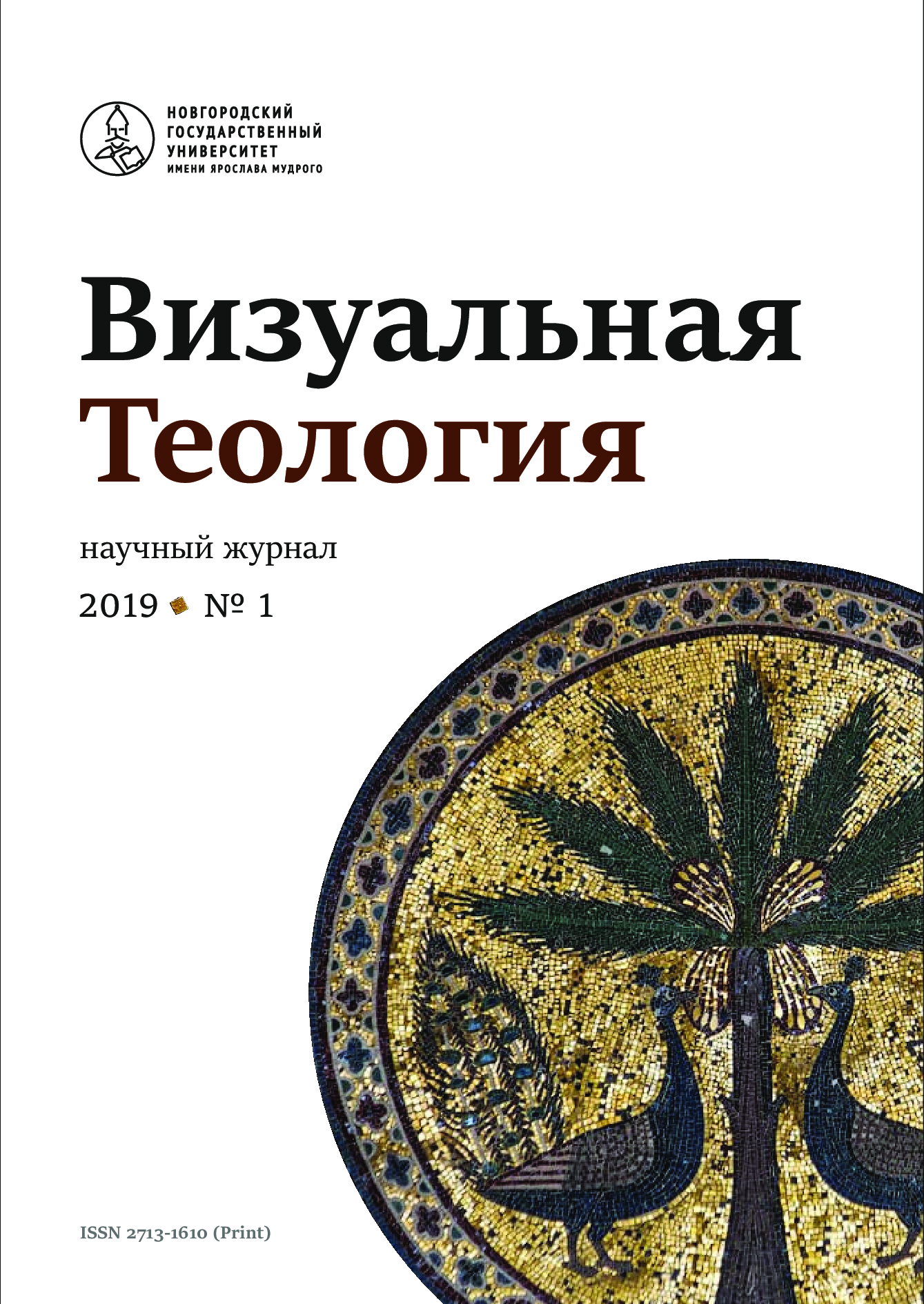О визуальной теологии
Аннотация
В статье исследованы фундаментальные предпосылки и границы визуальной теологии как специфической познавательной программы. Уточняется понятие теологии как рациональной рефлексии над содержанием религиозного опыта. Определяется значение зрения и визуализации в поле теологического знания, а также предметная сфера визуальной теологии: (1) визуально тематизированные сегменты доктрины (суждения о видимом / невидимом и суждения в лингвистических формах зрения); (2) визуальные формы презентации и организации религиозного опыта; (3) визуальные формы и приёмы выражения теологического знания. Поскольку Священное Писание является фундаментом богословия в целом, постольку главные основания визуальной теологии мы должны искать именно в нём. В статье показано, как Писание ставит и решает ключевые вопросы соотношения бытия и зрения, зрения и знания, зрения и религиозной коммуникации, а также проблемы священного изображения, видимого образа невидимого мира и явления Самого Бога в Новом Завете. Доказано, что все фундаментальные предпосылки визуальной теологии обнаруживаются в Священном Писании; принципиальные начала сакральной архитектуры, организации священного пространства, литургической и сакраментальной символики содержатся там же. В контексте Боговоплощения зримая сторона религиозной культуры получает дополнительное оправдание и приобретает высочайший смысловой статус.


